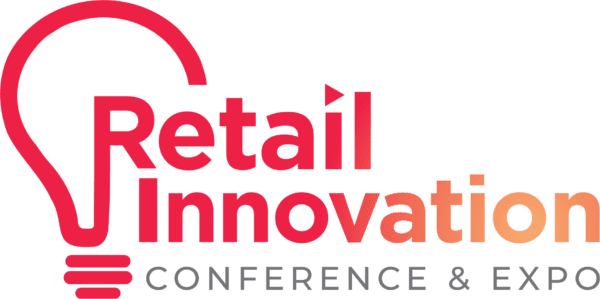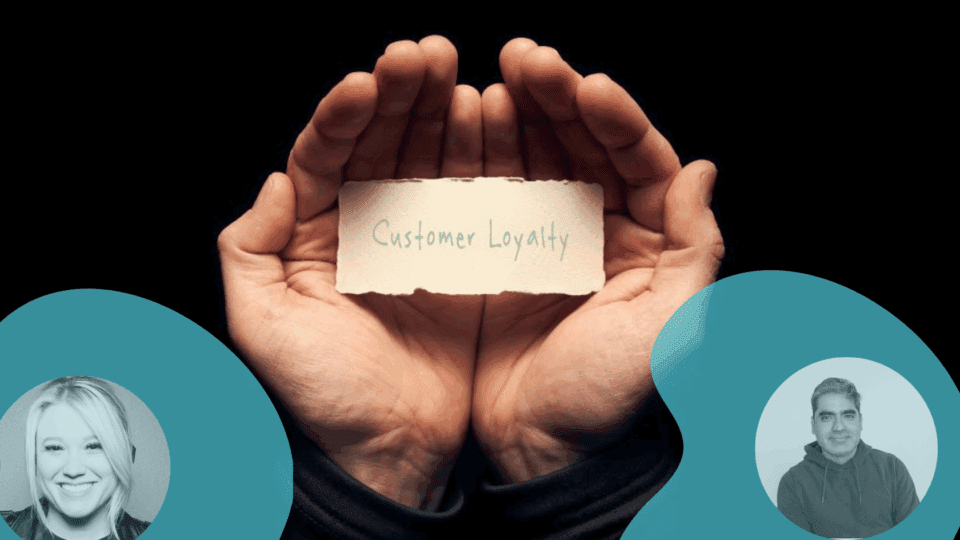A seismic shake-up in global trade is underway as new U.S. tariff policies take hold. A 10% blanket import tax has kicked in, paired with tariffs of 25% to 100% and more on goods from major trade partners. What comes next is anyone’s guess — but the economic map is already being rewritten.
The ripple effects will be wide-reaching: rising costs, retaliatory tariffs, strained supply chains and a likely pullback in consumer spending. In this climate, CRM (customer relationship management) and loyalty marketers have a critical role to play. Strategic clarity and agility matter more than ever. By staying close to consumers and investing in CRM and loyalty, brands can maintain relevance, strengthen relationships and drive long-term value.
Consumer Psychology and the Role of CRM and Loyalty
The pressures of the 2025 tariffs echo past moments of crisis — recessions, global conflicts and even pandemics. In uncertain times, consumers grow more cautious and emotional, seeking control, value and reassurance.
That’s where CRM and loyalty shine. They help brands move fast, personalize at scale, lock in repeat revenue, grow lifetime value and forge emotional bonds that transcend transactions. In a market driven by mindset, not just money, relevance is retention — and trust is everything.
History proves it: Brands that lean into CRM and loyalty during disruption don’t just survive — they outperform. In 1929, as the Great Depression began, Betty Crocker’s box tops program rewarded loyal customers with kitchenware and discounts, driving repeat purchases despite widespread economic collapse. Decades later, McDonald’s doubled down on value and optimistic messaging during the 2008 recession. The through line is clear — brands that prioritize trust, value and personal connection build lasting resilience.
Building Brand Resilience: 7 Moves That Work
CRM is more than a messaging engine. It’s how brands activate data, orchestrate journeys, anticipate needs through predictive outreach and build addressable relationships at scale. Loyalty deepens those relationships through relevance, value and emotional connection.
Together, they help brands stay not just connected, but resilient. Here are seven tips to get it right.
1. Lead with empathy and purpose.
In uncertain times, brand trust wavers. Consumers crave reassurance, authenticity and consistency. Rebuilding trust starts with showing up in new “micro-moments” that prioritize connection over promotion. Let CRM analytics surface emotional signals, then respond with content and experiences that reflect confidence and care.
2. Elevate first-party insights and micro-segmentation.
As behaviors and motivations shift rapidly, brands must listen smarter. Use AI, predictive modeling and identity resolution to break down broad audiences into actionable segments and deliver outreach that feels specific, timely and intentional.
3. Mainstream AI-powered CRM personalization.
Economic pressure isn’t uniform. It hits regions, sectors and households differently. AI in CRM enables brands to personalize journeys at scale, tailoring content, cadence and creative to align with context, emotion and evolving needs.
4. Expand the Value Canvas.
Discounting is reactive. Reframing value is strategic. Brands win when they shift from markdowns to meaning — delivering tools, education and services that empower while framing value in ways that respect pricing pressures and reinforce brand strength.
- Value Exchange: Offer more than transactions. Provide utility that supports your audience’s goals.
- Value Framing: Be sensitive to economic realities without sounding out of touch or devaluing your brand.
5. Scale agility.
In fast-moving environments, speed beats perfection. CRM enables rapid test-and-learn, experimenting with offers, creative, timing and benefits to identify what resonates. Scale what works across addressable and paid channels to drive timely, high-impact outcomes.
6. Amplify through partnerships and collabs.
When loyalty is fragile and budgets are stretched, strategic and thoughtful partnerships become powerful. Co-create experiences, bundle benefits or tap into adjacent ecosystems. CRM and loyalty make it possible to activate shared audiences and deliver mutual value without having to build from scratch.
7. Think, act and communication — locally.
Localization is no longer a trend. It’s a trust strategy. As global supply chains strain and “buy local” sentiment grows, CRM and loyalty offer the tools to connect with communities authentically. Segment by geography. Elevate local stories, partners and offers. Make every message feel close to home.
Where to go from Here?
In times of economic uncertainty, the instinct to fix everything fast is a natural response. But resilience isn’t built overnight. It’s built through consistent, intentional actions that add up over time.
Pick one move that aligns with your brand’s strengths and customer pulse. Use existing CRM data to spot a quick win — whether it’s a high-value segment to reconnect with through empathy, a local market to test tailored outreach or a partnership to activate fast. Apply modular and atomic thinking. Set time-sensitive goals: launch a small measurable test, refine it with real-time insights and scale what sticks.
Start where you stand, stay close to your audience and build from there. Whether you’re leading a global enterprise or scaling a growing brand, resilience starts with intention, builds through trust and endures when you stay close to the people you serve.
Jenni Jacot is the VP and Group Director of Connections Strategy at Digitas. She is on a mission to prove that CRM isn’t just a platform or an email — it’s the bridge that unlocks relevance across every touch point. She helps brands ditch one-size-fits-all thinking and turn data into meaningful networked experiences that fuel loyalty and growth. Her work lives at the intersection of precision and possibility, where CRM becomes the heartbeat of the brand. As SVP of Connections Strategy at Digitas, Sachin Panjwani leads West Coast strategy for the company, with a focus on CRM and media. His engineering roots help him bridge data and technology with human insight to shape behavior and intent.




